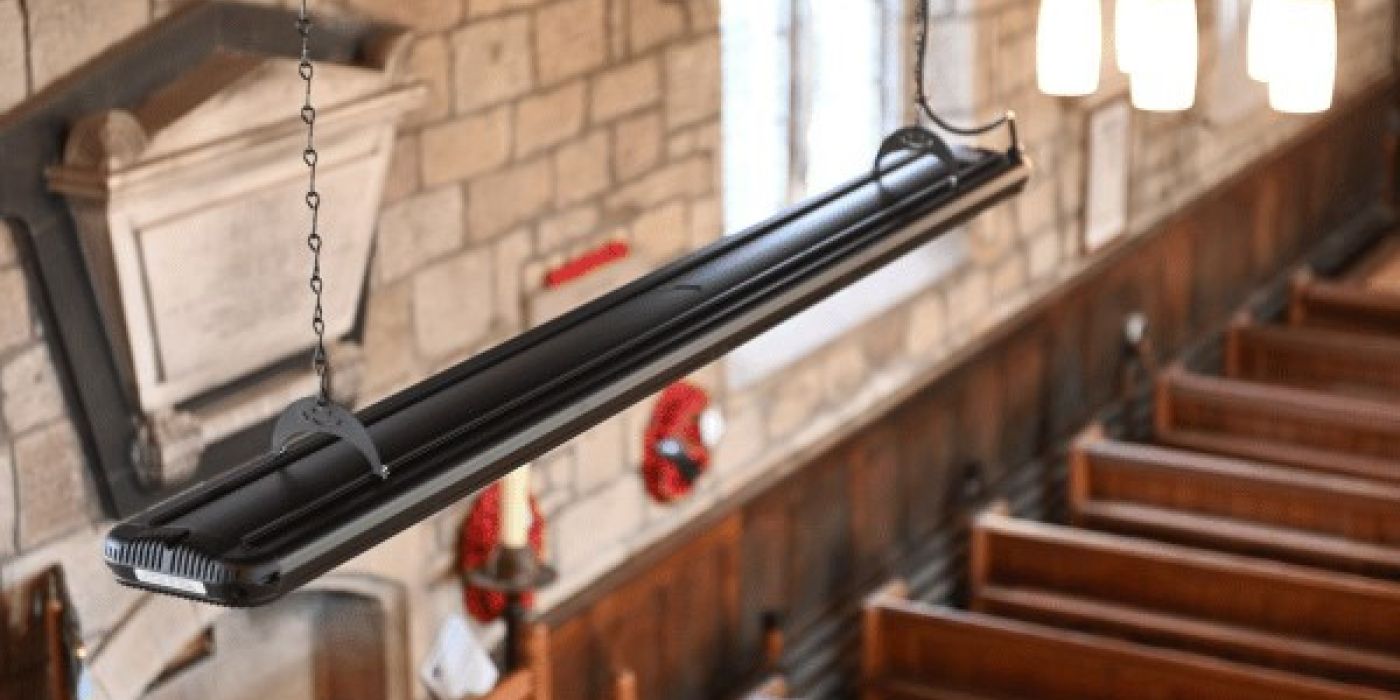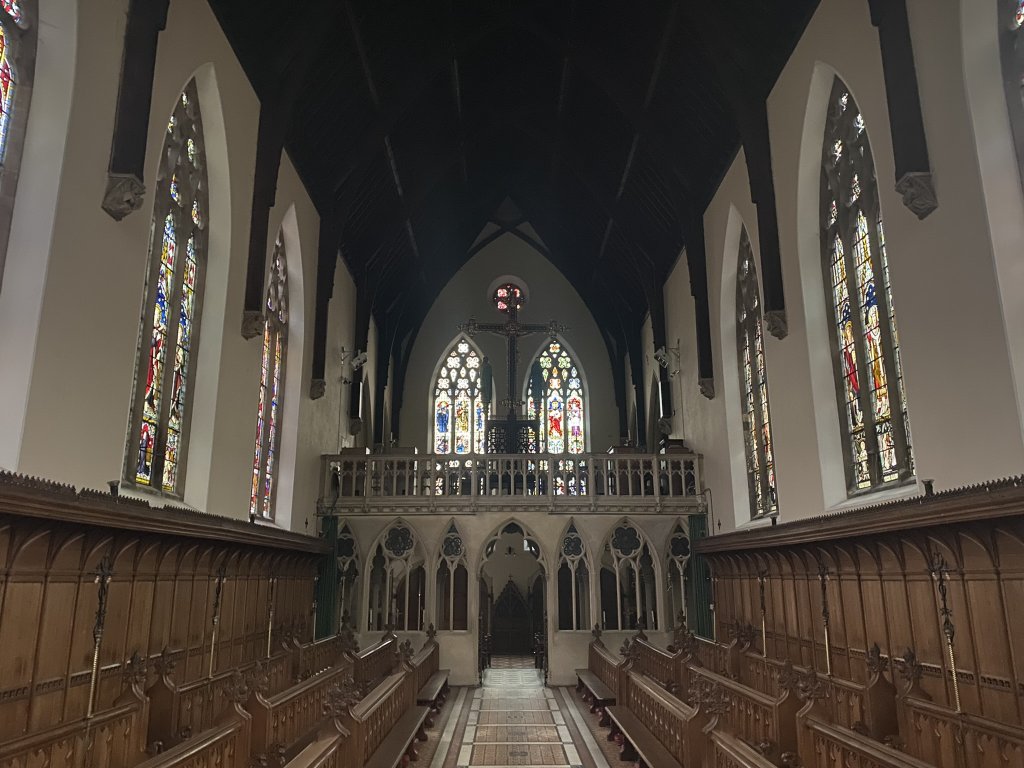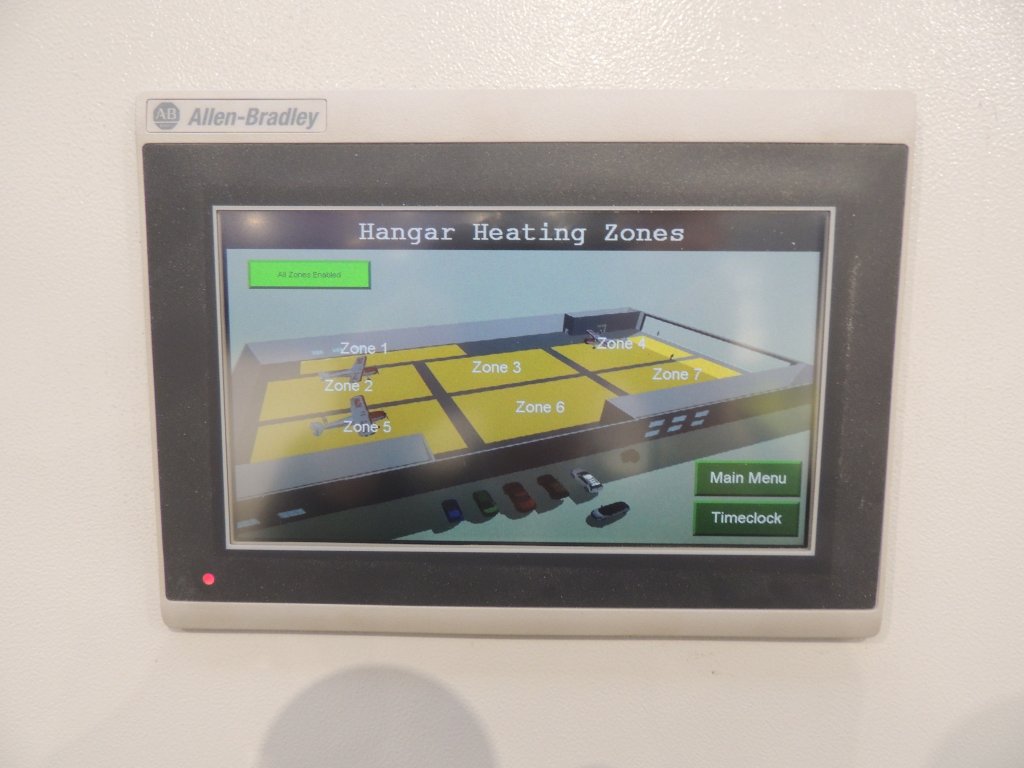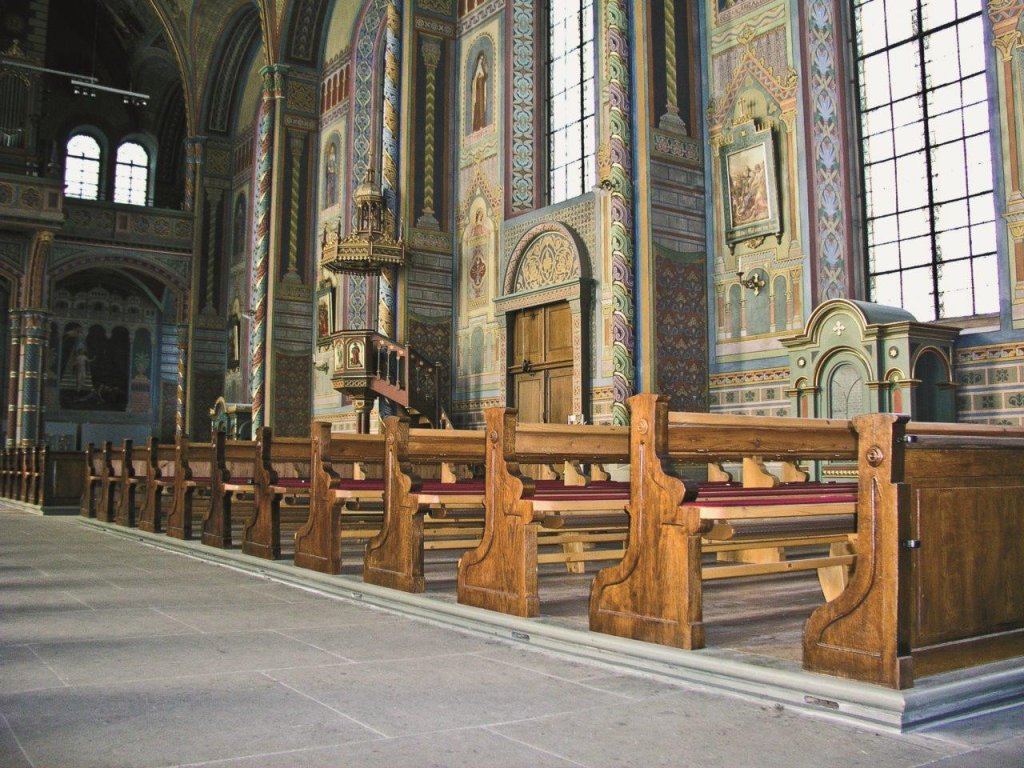When specifying heating solutions for churches, we're sometimes asked about chandelier-style infrared heaters. While these units may look attractive at first glance, there are several fundamental reasons why Arc Thermal Solutions has chosen not to include them in our church heating portfolio.
The Power Problem
The primary issue with chandelier-type infrared heaters is power delivery. Churches require substantial heating capacity due to their high ceilings, large volumes, and often poor insulation in historic buildings. A typical church might need 50-100 watts per square metre of heating power to maintain comfortable conditions during services.
Chandelier heaters, suspended from the ceiling on pendants, face severe electrical limitations. Standard pendant flex typically supports only 6 amps at 230V, which translates to approximately 1.4kW maximum power output. Even with upgraded wiring, safely delivering more than 3kW to a single suspended unit becomes problematic due to cable size, weight, and regulatory constraints.
To heat a medium-sized church effectively, you would need numerous chandelier units scattered across the ceiling. This creates a forest of hanging heaters that can dominate the visual space and detract from the architectural character we're trying to preserve.
The Church Building Context
Every church is different. We work with medieval stone churches, Victorian Gothic revivals, modern worship spaces, and everything in between. Some churches are clearing away decades of clutter to reveal their architectural beauty. Others are removing heavy, dated chandeliers to create a lighter, more open feel. Many are adapting their spaces for community use, concerts, or flexible worship arrangements.
Adding chandelier-style heaters runs counter to these trends. Rather than helping churches achieve their vision, we'd be adding more suspended objects to spaces that often need less visual clutter, not more. The last thing a beautiful vaulted ceiling needs is a collection of industrial heaters hanging from it.
Church heating should blend into the building, not compete with it. Whether it's a Grade I listed medieval gem or a 1960s brutalist structure, the heating system should be discreet, allowing the architecture to speak for itself.
Installation and Infrastructure Challenges
Churches rarely have adequate electrical infrastructure at ceiling height. Installing chandelier heaters requires:
Running heavy-duty electrical cables to multiple ceiling positions
Running heavy-duty electrical cables to multiple ceiling positions
Coordinating with listed building consent where applicable
Managing complex control systems for multiple units
The installation costs often exceed the equipment costs, making the total project uneconomical compared to more appropriate solutions.
Safety and Maintenance Concerns
Chandelier heaters operate at high surface temperatures to be effective. When suspended at lower heights for adequate heat delivery, they present:
Potential burn hazards in areas with public access
Potential burn hazards in areas with public access
Greater risk of damage from church activities (moving tall items, cleaning, decorating)
Concerns during events involving children or vulnerable groups

What We Recommend Instead
At Arc Thermal Solutions, we focus on infrared heating systems specifically designed for the unique demands of church heating:
High-level mounted infrared panels offer superior performance by:
Delivering higher power outputs (typically 1.8kW to 3kW per unit) from permanently fixed positions
Mounting flush or semi-flush to walls and structural beams, maximizing aesthetics
Concentrating heat where people sit rather than spreading it inefficiently
Simplifying electrical runs to wall or column positions with existing access
Reducing visual impact while increasing heating effectiveness
Zone-based heating strategies allow us to:
Put these in here and use this image
Heat occupied areas efficiently rather than the entire volume
Reduce running costs by up to 50% compared to whole-space heating
Provide faster warm-up times for services
Maintain minimum temperatures for fabric protection between services
The Arc Thermal Solutions Approach
Our commercial focus is on delivering heating solutions that work effectively in the real world of church buildings. This means prioritizing:
Adequate power delivery to achieve genuine comfort
Practical installation that respects both budget and building
Long-term reliability with accessible maintenance
Aesthetic sensitivity that enhances rather than clutters
Chandelier-style heaters may appeal visually in showrooms, but they simply don't deliver the performance churches need at a sensible cost. Our role as specialists is to guide clients toward solutions that will actually work.
Making the Right Choice
At Arc Thermal Solutions, we're committed to honest advice and effective solutions. Sometimes that means explaining why certain attractive options aren't actually suitable for the job at hand.
If you're considering heating solutions for your church, we encourage you to look beyond decorative appeal to practical performance. Ask your supplier:
What total power output can realistically be achieved?
What are the full installation costs, including electrical work?
How will maintenance be safely conducted?
Can the system provide rapid warm-up for intermittent use?
For a free assessment of your church heating requirements, contact Arc Thermal Solutions. Our team of specialists can design a heating solution that balances performance, efficiency, and respect for your building's character.









